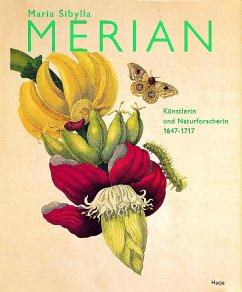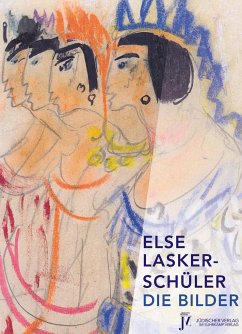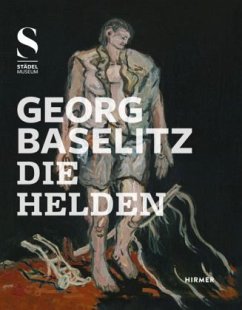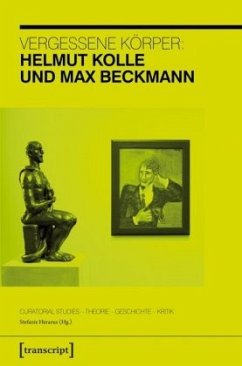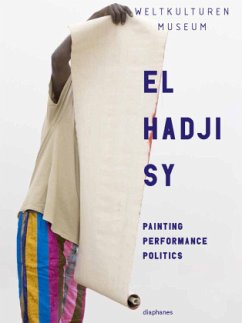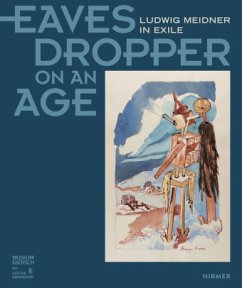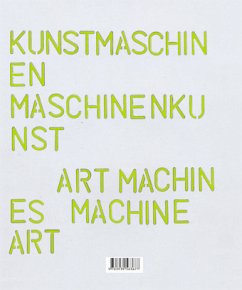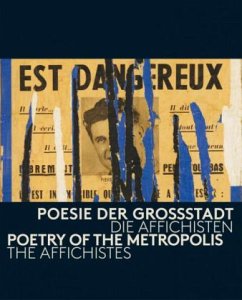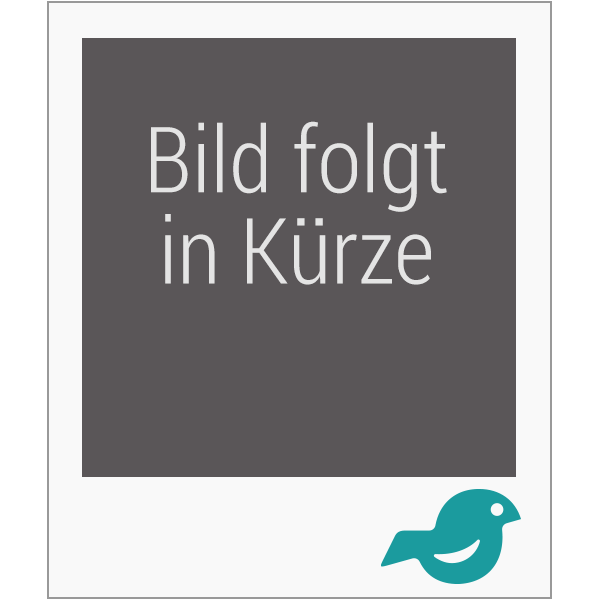
Almir Mavignier - Additive Plakate
Katalog zur Ausstellung im Museum für Angewandte Kunst, Frankfurt/Main. Dtsch.-Engl.
Text v. Eva Linhart
Versandkostenfrei!
Versandfertig in 2-4 Wochen
49,90 €
inkl. MwSt.

PAYBACK Punkte
0 °P sammeln!
Since the 1960s, the development of poster design in Germany has been determined by the Brazilian-German painter and graphic artist Almir Mavignier. For it is he who, like no other, has learned to apply Op Art's powerful colour effects to the art of the poster.Mavignier was born on 1 May 1925 in Rio de Janeiro. Initially a student of painting, he was inspired by the work of the Swiss artist Max Bill to go to Europe. In 1953 he arrived at the newly founded Hochschule für Gestaltung in Ulm, where he was to encounter the painter Josef Albers, the art theoretician and philosopher Max Bense, the g...
Since the 1960s, the development of poster design in Germany has been determined by the Brazilian-German painter and graphic artist Almir Mavignier. For it is he who, like no other, has learned to apply Op Art's powerful colour effects to the art of the poster.
Mavignier was born on 1 May 1925 in Rio de Janeiro. Initially a student of painting, he was inspired by the work of the Swiss artist Max Bill to go to Europe. In 1953 he arrived at the newly founded Hochschule für Gestaltung in Ulm, where he was to encounter the painter Josef Albers, the art theoretician and philosopher Max Bense, the graphic artist Otl Aicher and many others. Mavignier developed his own approach to the school's ideal of connecting formative and technical skill with political responsibility: "The artist is an official of the unknown." In 1958 he joined the Zero Group, to which he contributed important impulses with his grid-dot paintings. In the decade that followed, the poster began to take its place alongside painting as an essential form of expression for Mavignier, with the "additive posters" playing a special part. They are designed in such a way that they can be joined on all four sides and thus, in the manner of a module, combined to form infinitely large surfaces. Due to the highly charged tension between their space-piercing luminous force and ornamental-geometric abstraction, these posters are capable of casting every passer-by under their spell and advertising for the cause they represent.
The publication on hand elucidates the "additive posters" within the context of Almir Mavignier's influential oeuvre. Special attention is paid to the interfaces between painting, poster design and the artist's other fields of activity such as postage-stamp and tableware design. Light is also shed upon the historical relationship between abstract art and ornament. Of particular relevance in this connection is Mavignier's profound and active interest in the work of the German Romanticist Philipp Otto Runge.
Eva Linhart - head of the department of book art and graphics at the Museum für Angewandte Kunst Frankfurt - devotes her essay to the artist's aesthetic approach, exploring his premise that art and design are one.
Bernd Kracke, once a student of Mavignier at the Hochschule für bildende Künste in Hamburg and now himself a professor at the Hochschule für Gestaltung in Offenbach, takes the reader along on a brief return to his student past. Using his own experience as an example, he provides insight into the significance of the teacher for the budding artist /designer.
Mavignier was born on 1 May 1925 in Rio de Janeiro. Initially a student of painting, he was inspired by the work of the Swiss artist Max Bill to go to Europe. In 1953 he arrived at the newly founded Hochschule für Gestaltung in Ulm, where he was to encounter the painter Josef Albers, the art theoretician and philosopher Max Bense, the graphic artist Otl Aicher and many others. Mavignier developed his own approach to the school's ideal of connecting formative and technical skill with political responsibility: "The artist is an official of the unknown." In 1958 he joined the Zero Group, to which he contributed important impulses with his grid-dot paintings. In the decade that followed, the poster began to take its place alongside painting as an essential form of expression for Mavignier, with the "additive posters" playing a special part. They are designed in such a way that they can be joined on all four sides and thus, in the manner of a module, combined to form infinitely large surfaces. Due to the highly charged tension between their space-piercing luminous force and ornamental-geometric abstraction, these posters are capable of casting every passer-by under their spell and advertising for the cause they represent.
The publication on hand elucidates the "additive posters" within the context of Almir Mavignier's influential oeuvre. Special attention is paid to the interfaces between painting, poster design and the artist's other fields of activity such as postage-stamp and tableware design. Light is also shed upon the historical relationship between abstract art and ornament. Of particular relevance in this connection is Mavignier's profound and active interest in the work of the German Romanticist Philipp Otto Runge.
Eva Linhart - head of the department of book art and graphics at the Museum für Angewandte Kunst Frankfurt - devotes her essay to the artist's aesthetic approach, exploring his premise that art and design are one.
Bernd Kracke, once a student of Mavignier at the Hochschule für bildende Künste in Hamburg and now himself a professor at the Hochschule für Gestaltung in Offenbach, takes the reader along on a brief return to his student past. Using his own experience as an example, he provides insight into the significance of the teacher for the budding artist /designer.
Dieser Artikel kann nur an eine deutsche Lieferadresse ausgeliefert werden.



